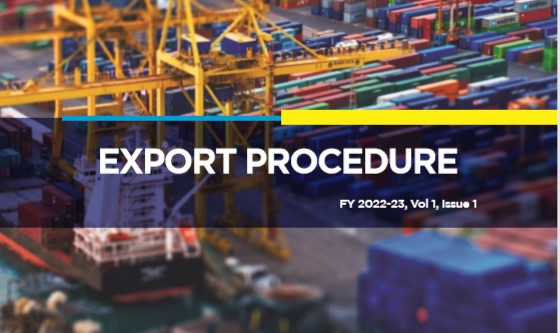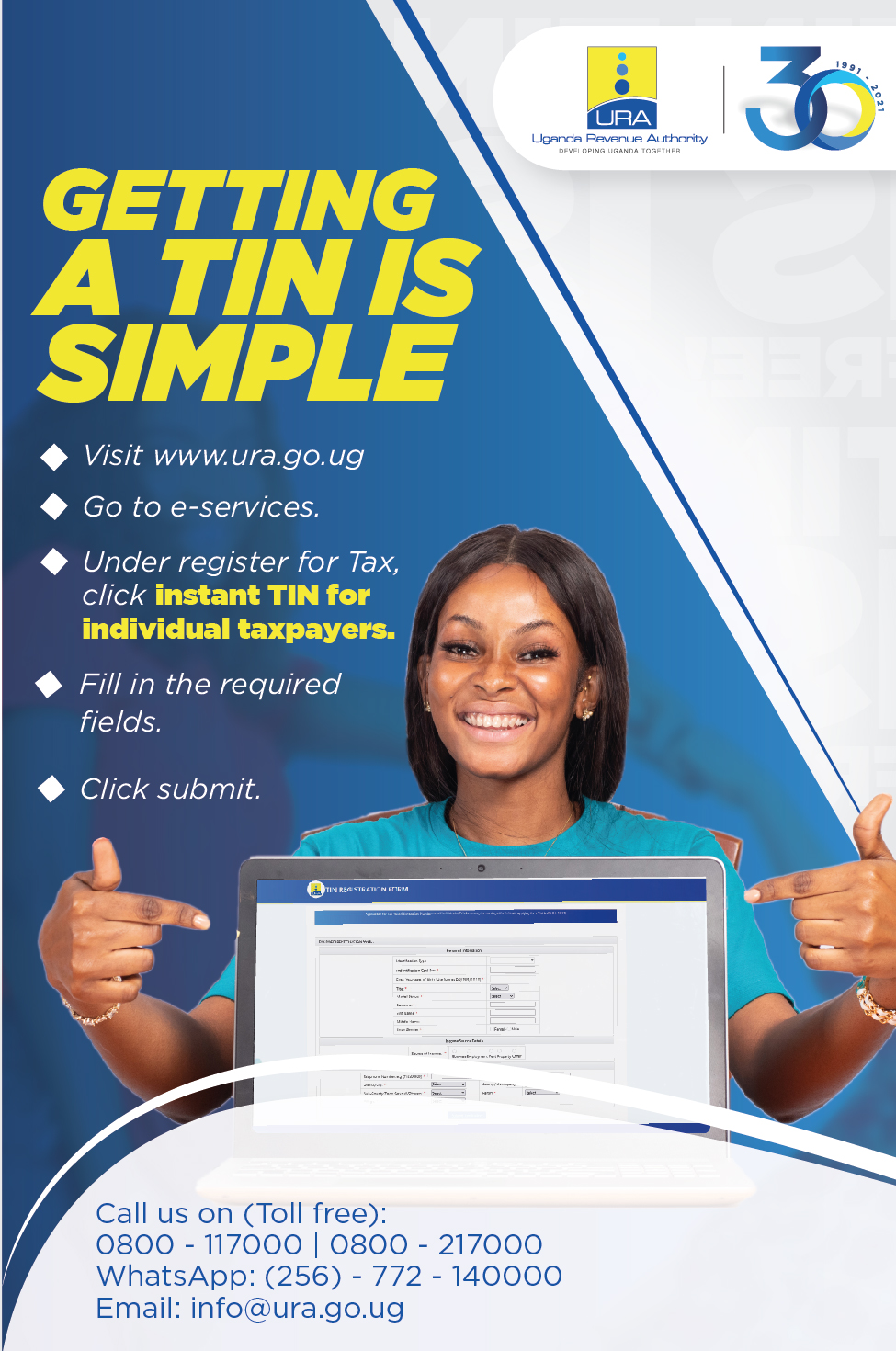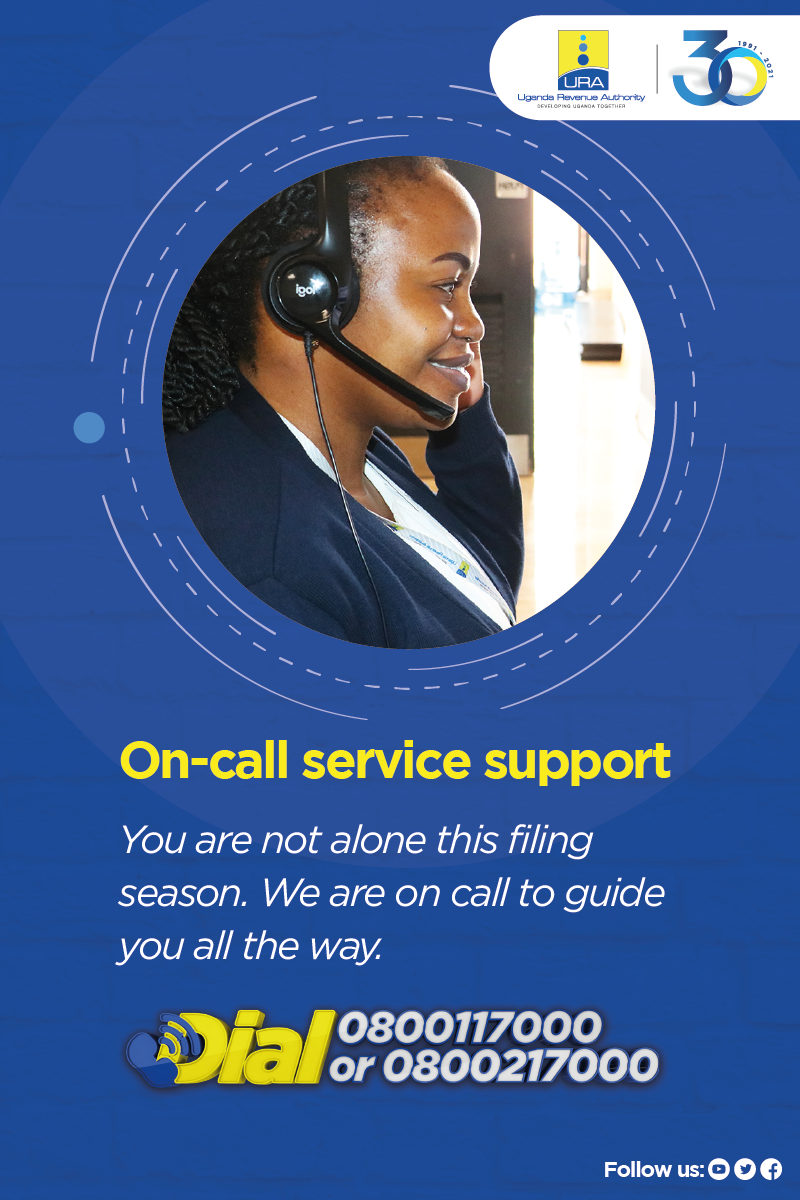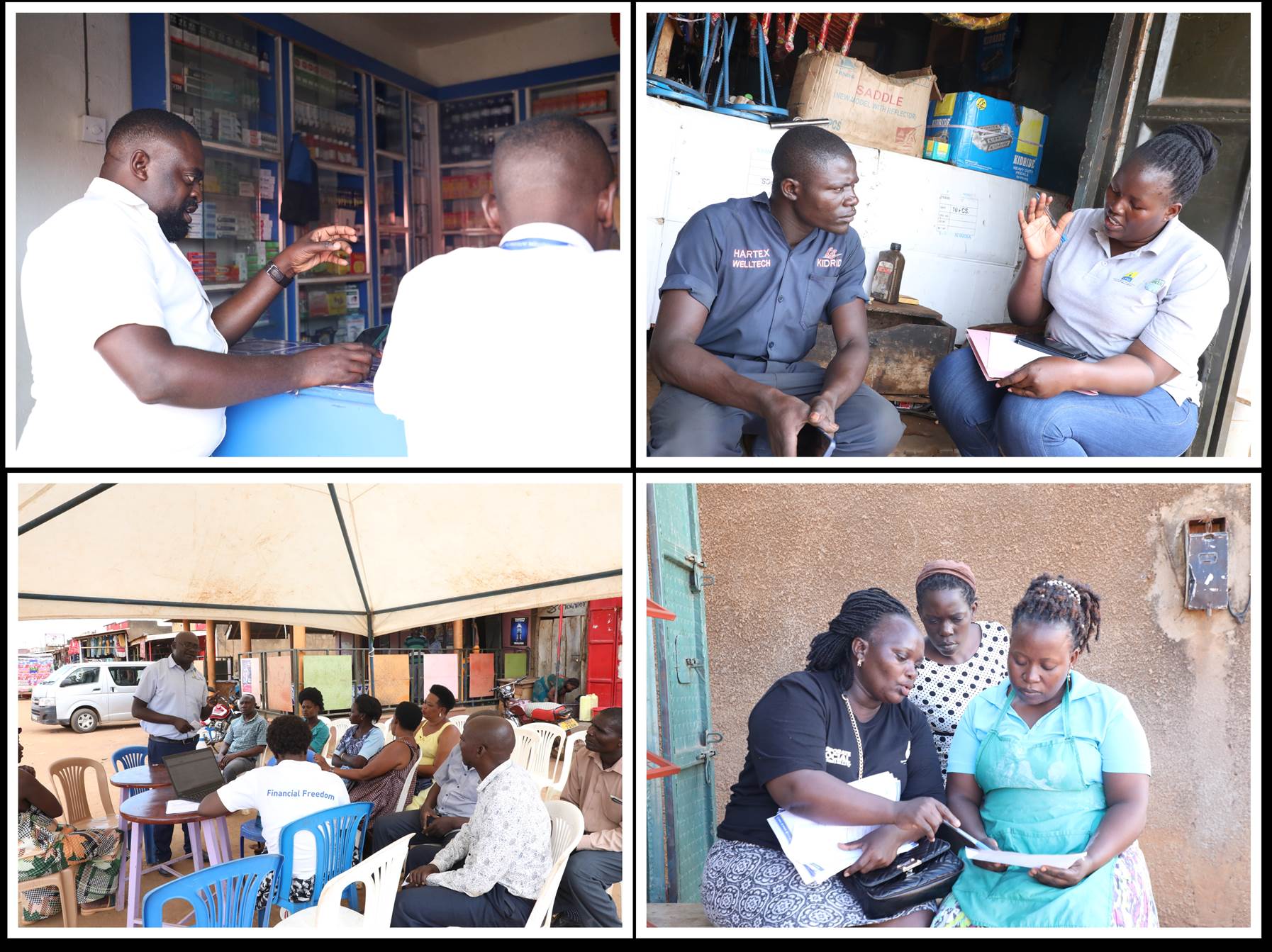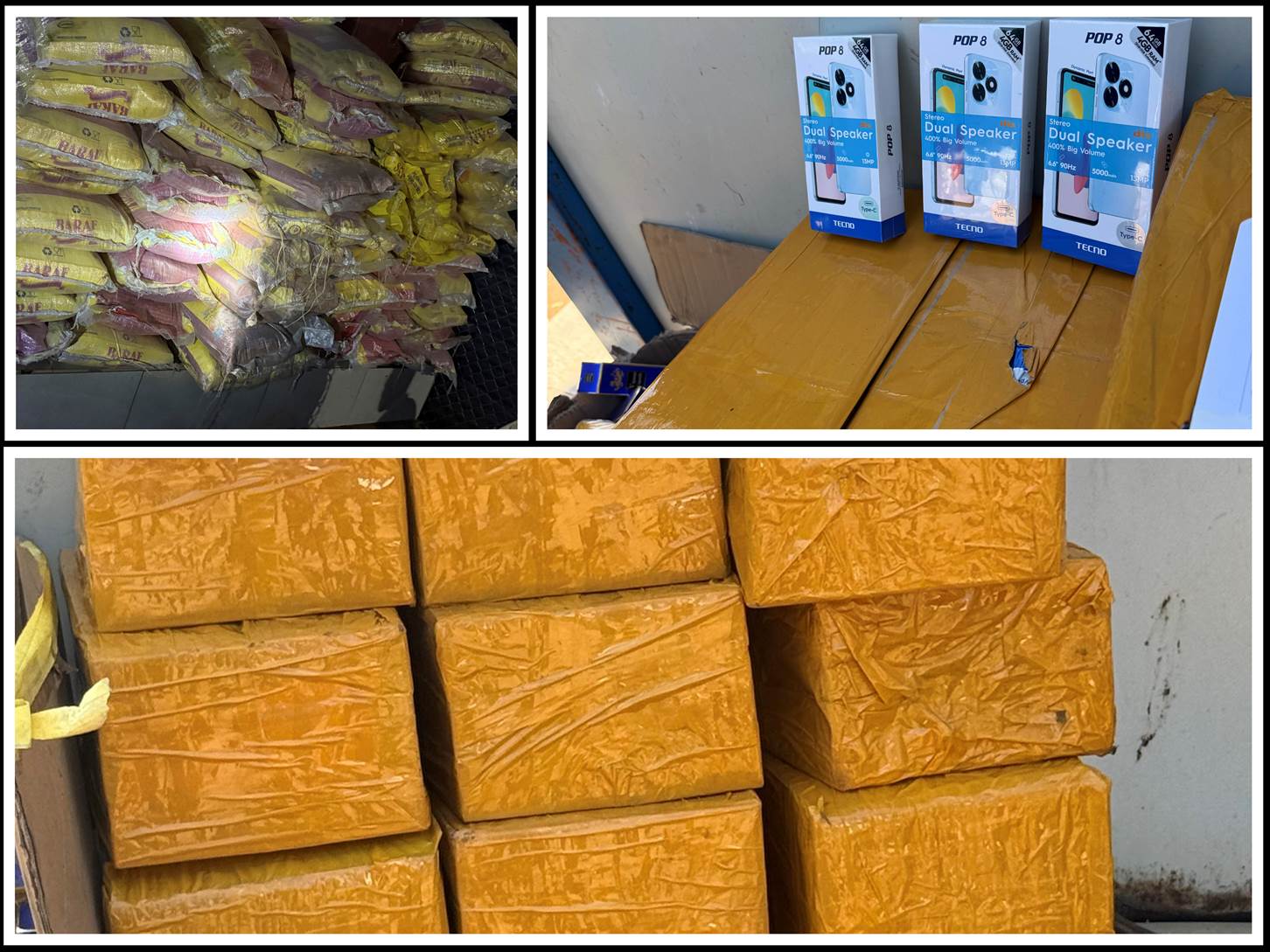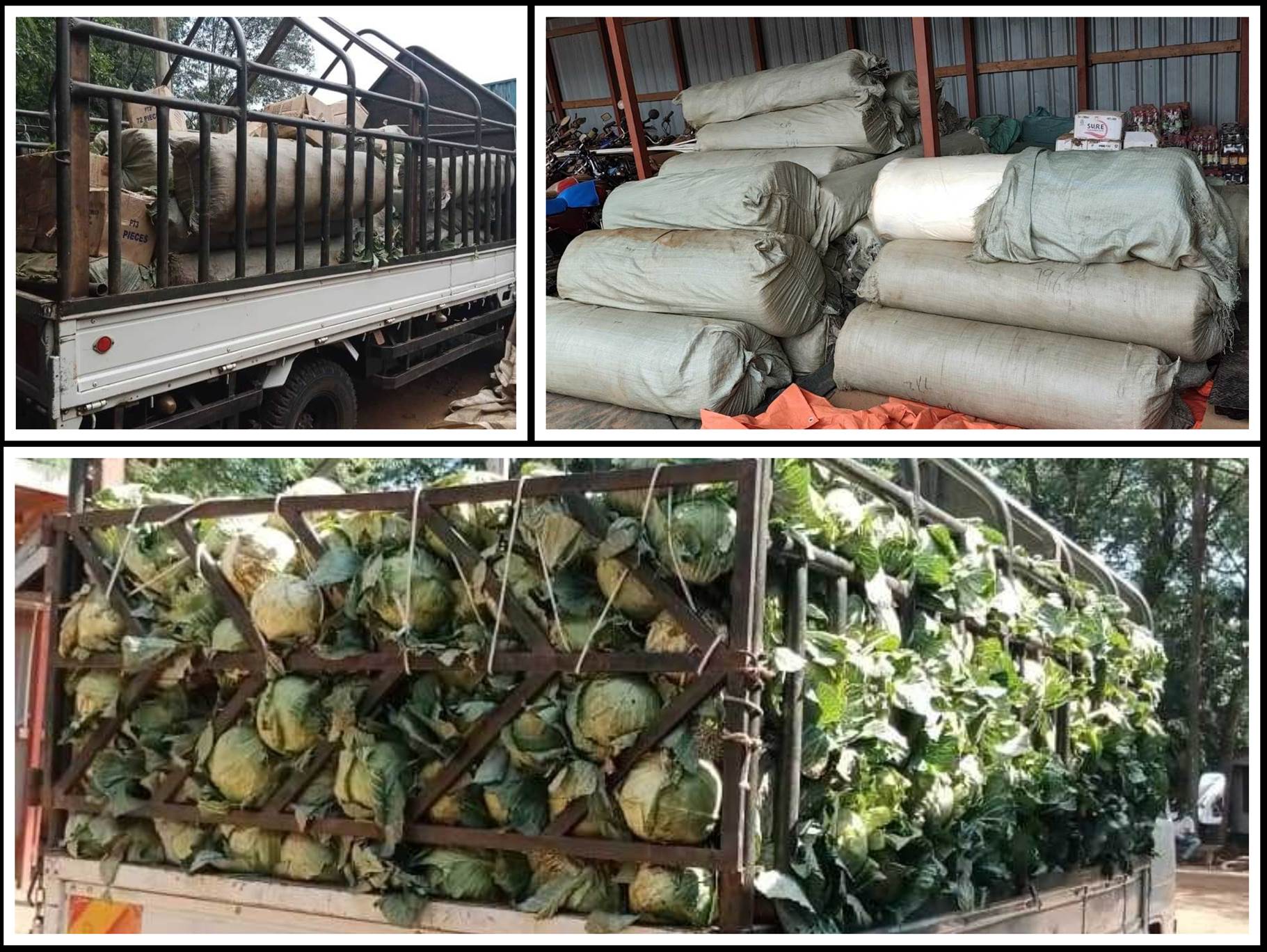EXPORT OF GOODS
This is a process of taking goods and services from Uganda to a foreign country. This process is subdivided into the two (2) categories below;
A. Intra Region Cargo (Transfers): Cargo is traded within East African Community partner states
Process
x A declaration is made in the country of importation’s Customs System by the client’s declarant (agent)
x When the declaration is released after all the necessary checks, it’s then transmitted to URA’s Asycuda system.
x Then the respective customs officers will then, issue a C2 (Cargo Movement Document) on the transmitted entry to permit the cargo to move to the importing partner state.
x The truck driver will then move with the C2 and upon reaching the border, the URA customs officer will perform border exit and the truck allowed to cross into the country of importation
B. Exports: Cargo originating from a Partner state to a destination out of the Region (East Africa), e.g. coffee exports from Uganda to Singapore
Process
- A declaration is made in the country of Exportation’s Customs System by the client’s declarant (agent)
- When the declaration is released after all the necessary checks, it’s then transmitted to the KRA Customs system ICMs.
- Upon reaching the border, the URA officer will Exit the consignment from the URA system for it to be transmitted to KRA system. KRA Customs officer will then issue a C2 (Cargo Movement Document) and Transit the same declaration in their system ICMS for delivery to the port where the Export bond will be discharged as the cargo is loaded onto the ship
- Then the respective customs officers of KRA will then, issue a C2 (Cargo Movement Document) on the transmitted entry to permit the cargo to move through the partner state to the port of discharge Mombasa. This is not necessary
Please Note:
In the EACCMA Sec 77.-(1) Goods which have been put on board on any aircraft or vessel for export, or for use as stores, or as passengers’ baggage, shall not, save with the written permission of the proper officer and in accordance with such conditions as he or she may impose, be discharged at any place within the Partner States.
TYPES OF EXPORTS
Permanent exports: This covers goods especially originating in the country, exported and intended to remain permanently or to be consumed in the foreign country.
Temporary exports: This covers goods which are exported for special purposes and are to be returned after that purpose. E.g. goods exported for repair/refurbishment, or exhibition.
Re-exports: This covers goods originally imported in the country but later exported to a foreign country such as
- Temporary imports;
- Goods warehoused at importation and thereafter entered to be exported to another country or;
- Goods entered for Home Consumption and later exported to another country.
Importance of exporting goods outside Uganda?
x The exporter can improve his/her cash flow through the claim of a refund of money spent on packing materials, e.g., boxes, Gunny bags
x The exporter can also claim back money paid as VAT, during the production process of the exported goods
x All exports do not pay customs taxes except; Unprocessed hides and skin, Fish, and unprocessed tobacco.
A taxpayer who wishes to re-export their goods to another country, should note that income earned from the re-exported goods is taxable and should be declared during filing of their returns to avoid penalties and or interest.
NOTE
x The exporter/re-exporter has to be registered with a Taxpayer Identification Number.
x All goods manufactured for export must be labeled ‘produced for export’ x Before packaging goods for export consult with Uganda Export Promotion Board to get more information on Eco-labeling, finding buyers for your goods, open account trading, how prices are determined internationally etc
x The exporter is required to appoint a customs agent to make declaration on their behalf
x The exporter is required to obtain an export license from the Uganda Export
Promotions Board x The exporter must secure the services of a licensed transporter (where applicable)
x Always ensure that all transactional documents such as invoices, packing list etc are declared to customs at the time making exportation declaration/Entry
Entering cargo for export
x The whole of cargo intended for export should be entered by the owner of such cargo in the manner prescribed
x Owner of cargo intended for export is required to furnish to the proper officer full particulars, supported by documentary evidence, of the goods referred to in the entry
x Goods intended for export are required to be exported within thirty days from
the date of entry or such further period as the Commissioner may allow (Sec 2A of EACCMA (Amendment) Act 2011
x Breaching the provisions of Sec 73 is an offence and goods in question are liable to forfeiture
Exports that may be excepted from a SAD:
o Bona fide personal baggage of the passenger or members of the crew o Goods intended for sale or delivery to passengers or members of the crew o Mail bags and postal articles in the course of transmission by post
Taxation and exports
Value of goods for exports (FOB place of exportation) See: Sec 123 of the EACCMA
- The export value of goods is the value of the goods at the port or place of shipment or exportation plus all charges incurred in delivering the goods on board the aircraft, vessel or vehicle of exportation
- Where the cost of the goods cannot be determined, the cost of similar or identical goods exported from a Partner State at about or the same time shall apply
- Where the value of the goods cannot be determined under subsections (1) or (2) then the proper officer may determine the value of such goods
Treatment of goods liable to export levy
x Where goods are liable to export duty, (1) the amount of duty shall be stated on the export entry of the goods, and (2) the goods shall not be exported until the export duty has been paid or security thereof given to the satisfaction of the proper officer.
x If the goods entered for exportation are examined by the Proper Officer and discrepancies found from those on the entry an offence is committed and the goods shall be liable to forfeiture.
x Subject to the provisions of any law in force in a Partner State, export duty shall not be levied on the exportation from the Partner State of any goods grown, produced, or manufactured, in another Partner State; and such goods shall on exportation, be subject at the place of exportation only to the export duty, restrictions and conditions imposed under the law of the Partner State in which they were grown, produced, or manufactured.
Also note that:
Income earned from the re-exported goods is taxable and should be declared during filing of the re-exporter’s returns to avoid penalties and or interest.
Refunds on exports
The exporter can claim of a refund of money spent on packing materials, e.g., boxes, Gunny bags. The exporter can also claim back money paid as VAT, during the production process of the exported goods. Therefore,
- all goods manufactured for export must be labeled ‘produced for export’
- The exporter is required to obtain an export license from the Uganda Export Promotions Board.
- In the case of goods on which drawback is to be claimed, the particulars on the entry are, whenever possible, to be compared with the particulars of the respective import entry.
- No drawback is payable on damaged or spoilt goods, unless the designated officer is satisfied that the goods were accidentally destroyed on board or were materially damaged after loading, and have been abandoned to the Customs.
- Also, drawback may not be allowed on provisional entries i.e. only goods that were perfectly cleared and in respect of which an invoice was presented to Customs may be considered for drawback.
Prohibited and restricted exports
Prohibited exports: These are goods whose exportation, carriage coastwise or transfer of which is completely not allowed by any of the laws in force in the Partner State.
Prohibited exports are listed in Part A of the Third Schedule of the EAC-CMA. Ideally these are all goods the exportation of which is prohibited under this Act or by any written law for the time being in force in the Partner States e.g. narcotic drugs.

Restricted exports: Theseare goods whose exportation, carriage coastwise or transfer of which depends on the fulfillment of the conditions regulating such exportation under the Customs laws or any other written laws. Restricted exports are listed in Part B of the Third Schedule of the EAC-CMA and include, waste and scrap of ferrous cast iron, lead scrap, crude and refined lead and all forms of scrap metals, wood charcoal, fresh unprocessed fish, used automobile batteries and timber from any wood grown in the Partner States.
Note:
x The following goods shall not be exported in vessels of less than two hundred and fifty tons’ register; warehoused goods, goods under duty drawback and transshipped goods.
x The Schedule for prohibited and restricted goods may by order in the gazette be amended by the Council to specify the goods of which their exportation is to be prohibited or restricted either generally or in particular cases. The Council may by order in the gazette prohibit or restrict the exportation of goods from a Partner State either to all places or to any particular country or person.
x Goods in transit, transshipment or goods exported as stores of a vessel or aircraft unless it is otherwise stated, are not affected by provisions of prohibited or restricted goods. Such goods should be exported within such a time as the Commissioner may specify.
Clearance of temporary exports
There is need to have a detailed examination account on the export entry which should be endorsed by the Customs station of exit. This copy will be used to support the declaration by the owner at the time of the re-importation of the goods as supporting evidence for the goods that were temporarily exported in order for the goods not to be taxed as fresh imports if they are re-imported in the same state as that at the time of exportation.
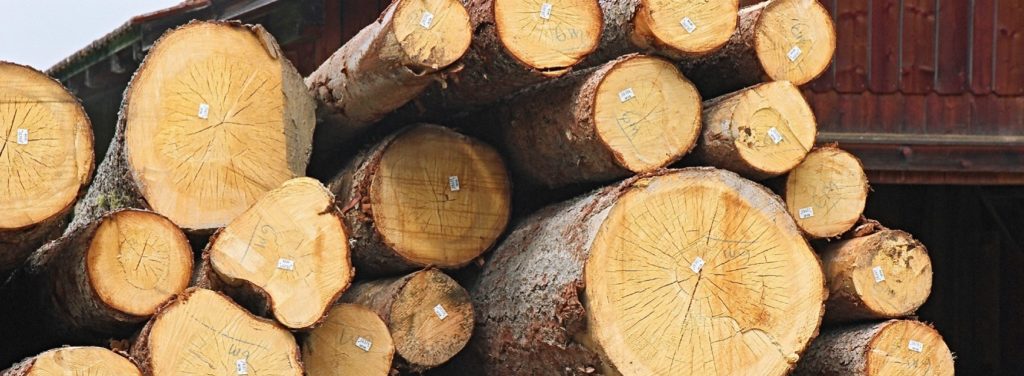
The exporter/owner of goods is advised to get a re-importation certificate (Form P45) from Customs for the goods under temporary exportation at the time of clearing his goods for temporary exportation. The re-importation certificate is one of the cardinal documents that support the declaration made to Customs at the time of re-importation of the goods.
Where goods on re-importation are liable to duty, the value of such goods shall be the amount of the increase in value attributable to:
- Repairs outside the Partner State;
- Equipment or other goods added and related work done outside the Partner State; o Processing or manufacturing done outside the Partner State; o Any other costs incurred outside the Partner State.
However, goods temporarily exported for repair free of charge on account of a contractual obligation if established by the Commissioner shall be released without payment of taxes nevertheless, this shall not apply where account was taken of the manufacturing defect at the time when such goods were first released for Home Consumption.
Exporting under the Simplified regimes
The Simplified Export (SE1)
This is configured in Asycuda world like any other regimes but unique because of its simplified nature purposely to ease cross border trade which is normally informal in nature.
Briefs on the regime
- It is a self-clearance by the exporter and no need of a middleman (agent).
- It is captured by customs officers hence saves the cost of a hiring the services of clearing agent.
- Exporter TIN is not mandatory as is the case with normal declaration.
- No rigorous export transaction documents are required.
- The SE1 declaration takes shorter time than a normal declaration (instant).
- The value of goods under this regime is less or equal to USD 2000.
- The regime is facilitated with a Simplified Certificate of Origin (SCOO) which is manually issued at the border of exit.
Process flow
- Present goods to exports desk/front desk/market desk for inspection with all relevant transaction documents (for example Receipt, Simplified Certificate of origin and Identity card).
- Customs officer captures/registers a simplified export entry (SE1) with the documents in (1) attached.
- Payments form generated where applicable, especially for exports that attract levy such as fish, hides and tobacco in raw form.
- Payment made in the bank of choice (Presence of pay way machine proximal to the processing desk).
- System release of goods by customs.
- Physical release/flag off of the consignment to the client by Customs officer
Note that where the export item does not attract export levy like the majority, then no.3 and 4 are disregarded.
Regime for Small Scale Traders (ES1)
This regime of small scale traders requires agent TIN but does not require exporters TIN.
- The exporter, gets a licensed customs clearing agent to make a simplified Customs declaration for his or her exports.
- Customs will receive the electronic declaration and immediately assign an officer to process release.
- The exporter presents his truck with his goods to a customs officer who will confirm the goods against the declaration and immediately releases the truck to cross the border if everything complies.
Note: The difference between ES1 and SE1 is that SE1 serves small scale exporters whose customs Value of goods is not exceeding USD 2000 and the mode of transportation is either wheelbarrow, bicycle, by head or motorcycle. On the other hand, ES1, serves small scale exporters whose value of goods does not exceeding USD 2000 but the means of transport is largely trucks for example, exporters of 10 Metric tons of maize etc. This was considered to give small scale traders wide options for trade facilitation.


